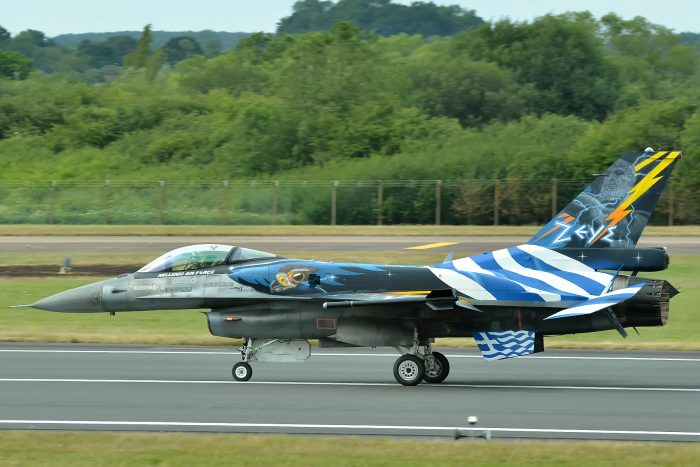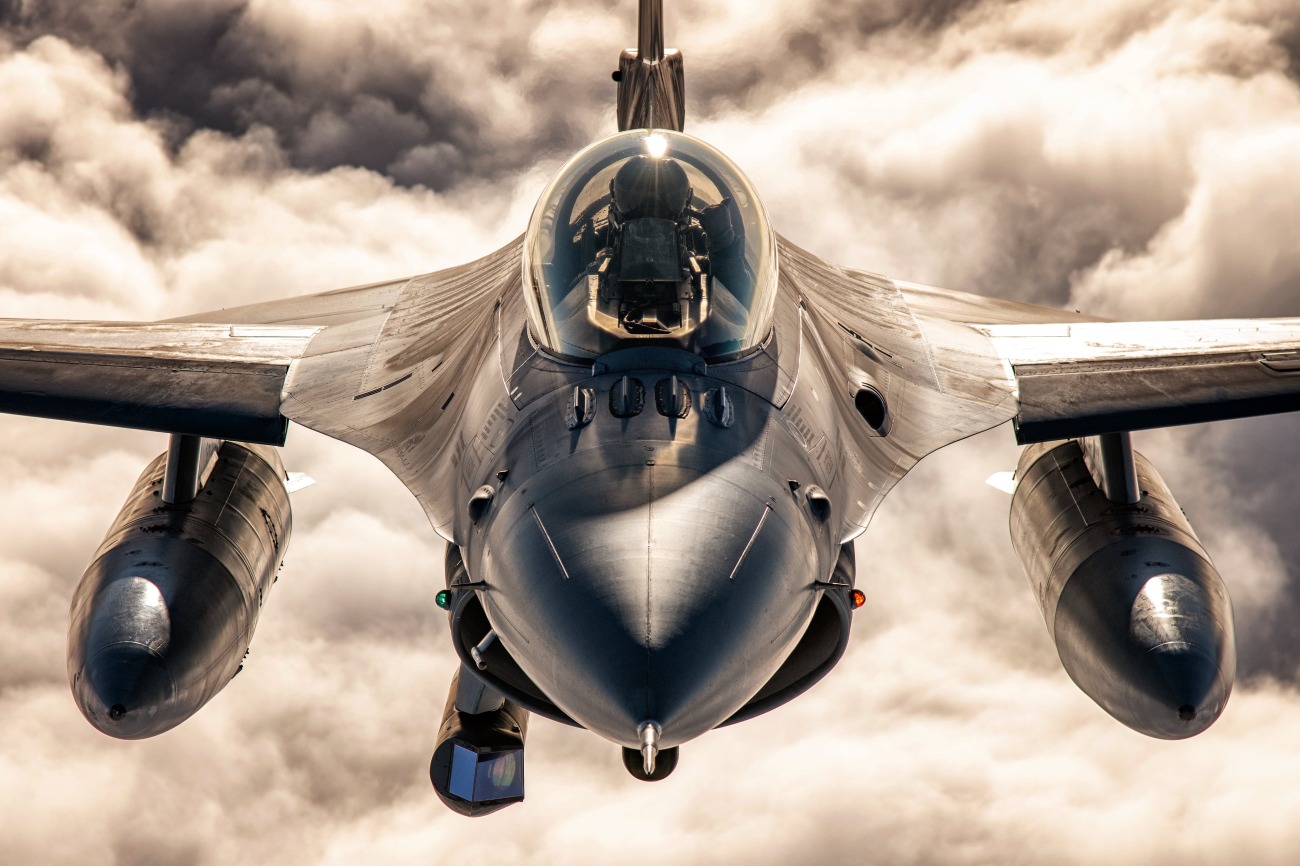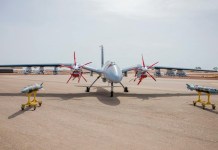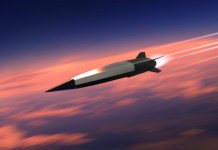Ukraine is likely to receive 32 F-16 fighters from Greece, given its air force’s rapid modernization that will allow it to part with older platforms.
Greece’s large-scale purchase of 20 F-35s, the upgrade of their F-16 Block 52+ to the Viper version, and prospective additional acquisitions of French Rafales might motivate it to offload its older fleet. This includes the older F-16 Block 30 jets, Mirage 2000-5s, and F-4E Phantom IIs.
Greece’s defense minister Nikos Dendias said it is “almost certain” that Athens will transfer the fighters to Kyiv. He said the offloading could happen following the ongoing “radical” overhaul of its armed forces, which involves prioritizing a thorough reassessment of its air force.
“We have a cartload of different types of aircraft. We have F-4s, Mirage 2000-5s, Block 30 F-16s, Block 50 F-16s, Block 52 F-16s, Viper F-16s and Rafales. We cannot carry on this way,” Dendias was quoted on Greek television. These aircraft need to be “sold” to enable rationalization of the diverse fleet of aircraft and ease logistical issues.
“The Mirage 2000-5 is an exceptionally capable plane and can be sold. The Block 30 F-16s need to be sold,” Dendias added. Interestingly, there were reports of Ukraine seeking the ground attack-specific Mirage 2000D variant that France’s air force doesn’t use anymore. However, French officials later indicated such plans were not official and that the transfer might not happen.

Jets Have Been Delayed
Kyiv has long sought Western-made fighter jets to challenge Russia’s superior fleet beyond enforcing an air denial strategy with American and European surface-to-air (SAM) systems.
The Lockheed Martin-made F-16s possess modern avionics radars and are capable single-engine heavyweight multirole aircraft that can be used to undertake air-to-ground strikes, reverse many of Russia’s gains on the ground, and retake the territory it has captured.
However, Ukraine later complained that the decision to finally approve the F-16 was too late—by then, Russian gains had been irreversible. These gains are likely to increase over the next few months or towards the end of this year, by which time the Ukrainian Air Force (UAF) will receive the jets and begin operating them.
Ukrainian officials have recently said the military picture is grim and that the F-16 is “no longer relevant.” “Often, we just don’t get the weapons systems at the time we need them – they come when they’re no longer relevant. F-16s were needed in 2023; they won’t be right for 2024,” an official said.
Without the right weapons in sufficient quantity, the officials admitted there would be a great risk of a frontline collapse wherever Russian forces focused their attacks. Moscow has, for weeks, been smashing Ukrainian positions using guided aerial bombs and increasing the likelihood of penetrating the frontline.
‘Too Little, Too Late’
The first jets were slated to arrive from the Netherlands in the first part of 2024, but the Dutch government announced in January that Ukraine would receive an initial batch of F-16s in the “second quarter” of the year.
Western countries say that before the jets take off in Ukraine, Ukrainian personnel must complete their training programs, and the necessary infrastructure and facilities must be up and running in the country.
“All Ukrainians are waiting for the day when the first Ukrainian F-16s will appear in our skies,” Ukrainian President Volodymyr Zelensky said in February. According to experts quoted by Newsweek, even the number of F-16 fighters Ukraine would operate is too small to make a strategic difference across the entire front line. Since the jet donations were unveiled, Russia made good use of the months to prepare itself for launching attacks.

Once the jets arrive, they will be an “absolute magnet for Russian air defenses and Russian aircraft,” said Frank Ledwidge, senior lecturer in Law and War Studies at Portsmouth University in the UK and a former British military intelligence officer.
“A single system can’t change the situation on the battlefield,” NATO chief Jens Stoltenberg told German newspaper Bild last week. “This isn’t a silver bullet that could change the course of the war.”
The deeper commitment was also lacking when it came to other military equipment, like artillery systems or even tanks, which either arrived late or in insufficient numbers. As regards the F-16s, although several countries—Denmark, the Netherlands, Norway, and Belgium last year—committed to providing the jets to Ukraine, exact timelines for their arrival have remained opaque and subject to change.
- The author can be reached at satamp@gmail.com
- Follow EurAsian Times on Google News





